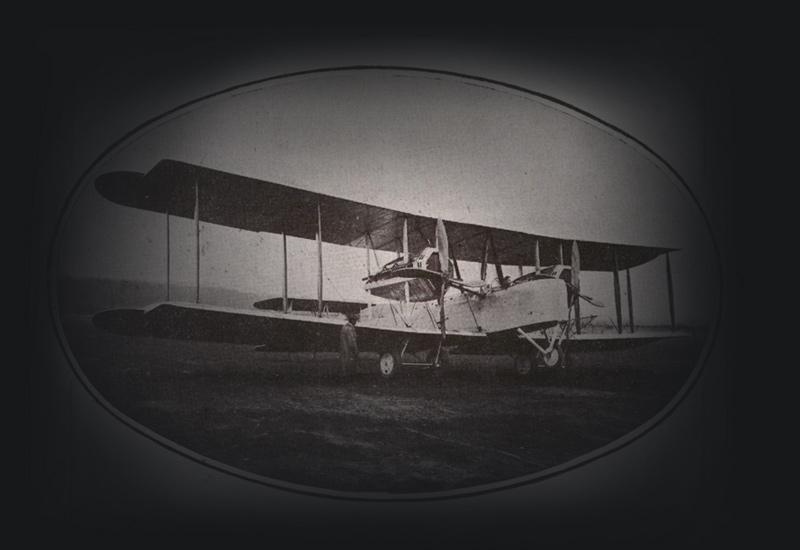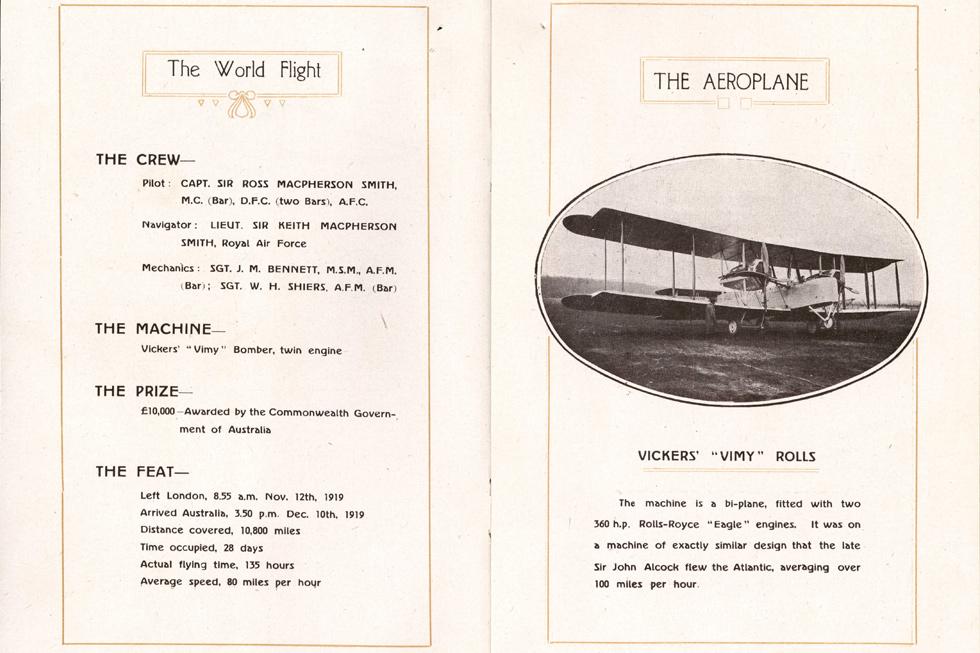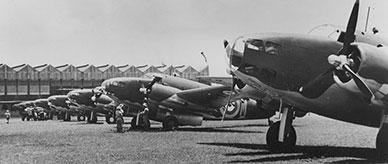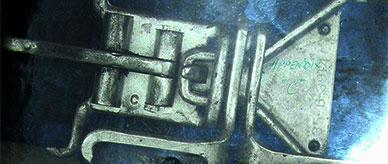Touching down in Darwin on 10 December 1919, a former First World War bomber was declared the winner of the Great Australian Air Race, and the first international flight to land in Australia.
The journey had taken nearly a month at an average speed of 130 km/h – a far cry from the recent non-stop flight from New York to Sydney by a Qantas 787 Dreamliner.
The 1919 voyage from London to Darwin was the first of many aerial contests that traversed our skies over the past century. Landing at Fannie Bay, now a suburb of Darwin, the 4 Australian crew shared a £10,000 prize sponsored by the Australian Government.
The 2 South Australian pilots, brothers Ross and Keith Smith, were knighted for their courage and perseverance. Their Vickers Vimy biplane is now preserved in a specially built museum at Adelaide Airport. For the race it carried the British registration markings G-EAOU, which the crew said stood for ‘God ’Elp All Of Us’.
World’s Greatest Air Race
Over the next few decades, other major air races passed through or finished in Darwin.
Perhaps the most significant demonstration of advances in aviation technology was the 1934 event billed as the ‘World’s Greatest Air Race’. Also setting off from London, competitors landed at Darwin, but their final destination was Melbourne.
Commemorating a century since the city’s establishment, the prize of £15,000 was funded by Melbourne confectionery industrialist Sir Macpherson Robertson. Often known as the MacRobertson Trophy Air Race, this contest also features in our Australian Air Races exhibition.
Domestic dashes
Other major air races took place across and around the vast Australian continent. A true test of the reliability of early aeroplanes, the 1929 East-West Air Contest saw competitors flying long distances in extreme heat. Starting in Sydney and finishing in Perth, the event was nearly marred by tragedy when one of the competing aircraft crashed just short of their destination, but happily the 2 crew survived.
Australian Air Races also captures one of the last major contests – the GE Bicentennial Around Australia Air Race. Taking place in 1988, the race nearly circumnavigated the continent, including a stop in Darwin. However, it bypassed northern Queensland so competitors could land in Alice Springs.
Despite its name, the competition did not end where it began, kicking off in Narromine, New South Wales, but concluding in Canberra. The winning pilots scored a Commonwealth Trophy and $25,000, claiming that the secret of their success was ‘attention to detail’.





